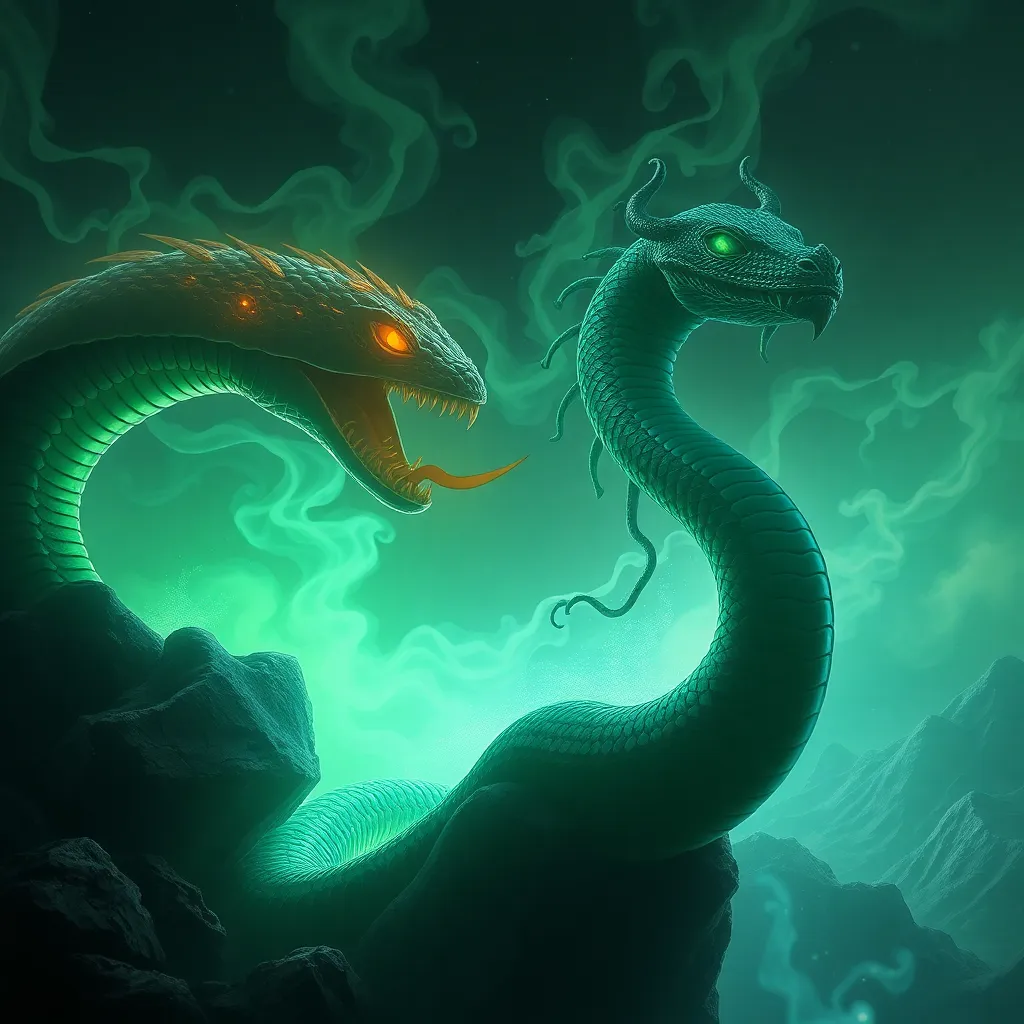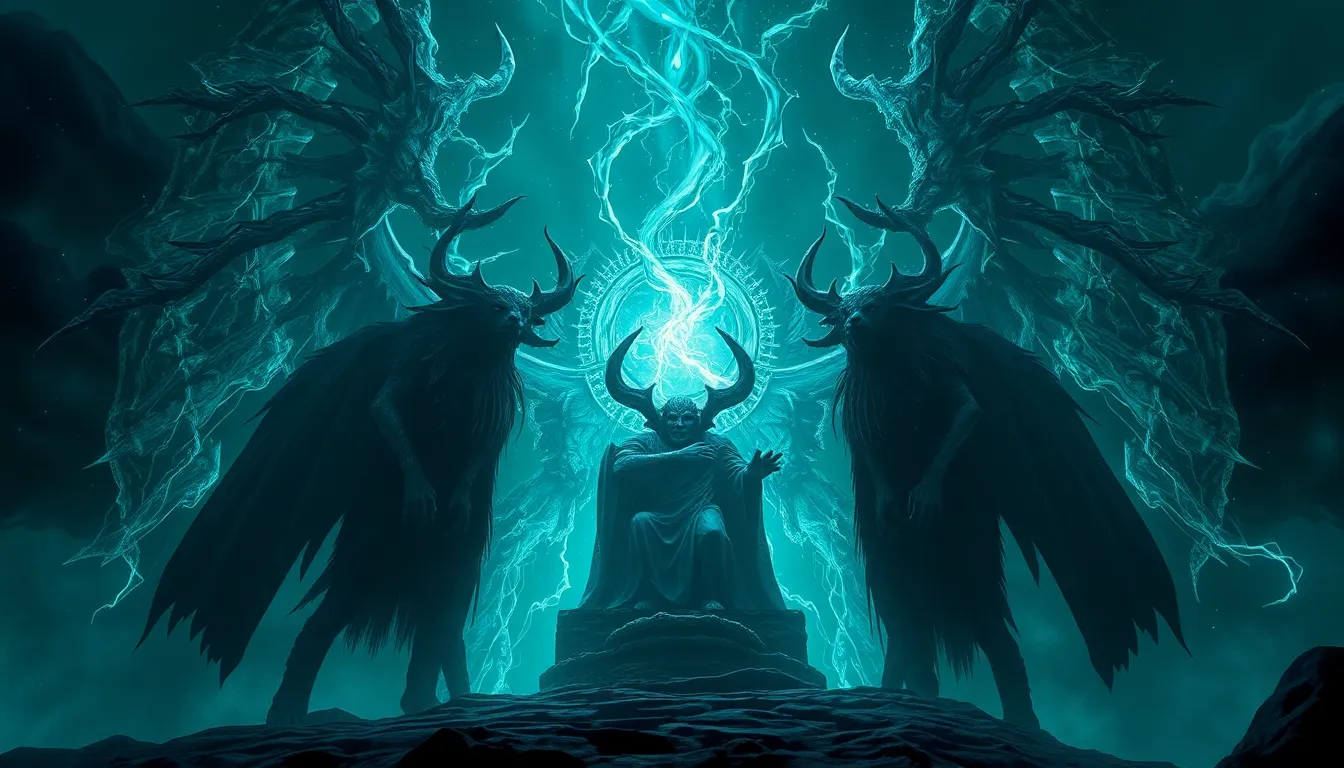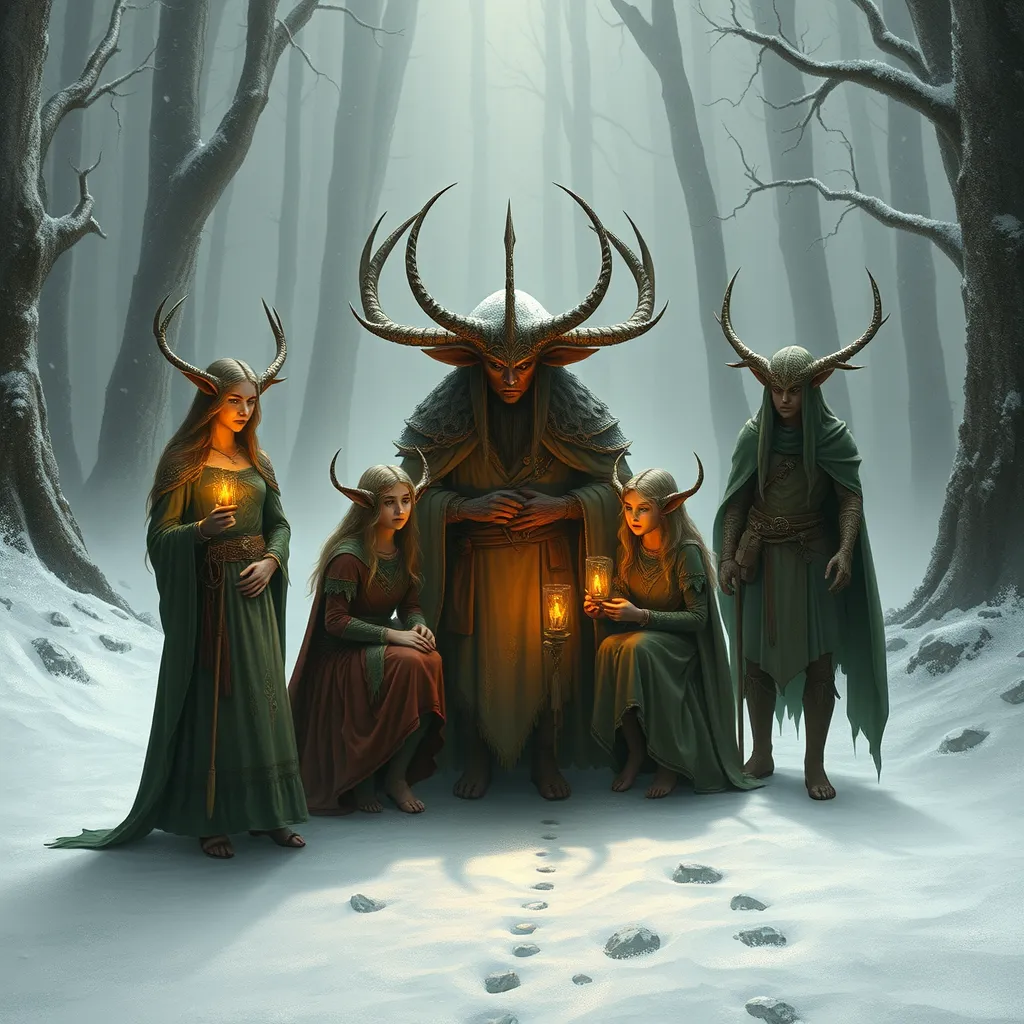Echidna and the Serpent Goddesses: Unveiling the Connection Between the Greek and Egyptian Serpent-Women
I. Introduction
Echidna, often referred to as the “Mother of Monsters,” is a pivotal figure in Greek mythology, embodying the chaotic forces of nature and the primal aspects of motherhood. Her offspring include some of the most infamous monsters in Greek lore, highlighting her role as a nurturer of both life and death.
In contrast, ancient Egyptian mythology features a variety of serpent goddesses, such as Wadjet and Neith, who symbolize protection, creation, and the duality of life. These serpent-women played significant roles in the pantheon, representing the intertwining of danger and nurture.
This article aims to explore the connections and parallels between Echidna and the serpent goddesses of Egypt, delving into their mythological roles, symbolic meanings, and the cultural impact they have had over millennia.
II. The Mythological Role of Echidna
Echidna is described in Greek mythology as a fearsome creature, half-woman and half-snake, known as the “Mother of Monsters.” She is often depicted alongside her mate, Typhon, who embodies chaos and destruction.
A. Description of Echidna as the “Mother of Monsters”
Echidna is portrayed as a nurturing yet terrifying figure, responsible for giving birth to many of the most notorious monsters in Greek mythology, including:
- The Nemean Lion
- The Hydra
- The Chimera
- The Sphinx
- The Cerberus
B. Key myths involving Echidna and her offspring
Several myths highlight Echidna’s role as the progenitor of monsters. One notable story involves the hero Heracles, who must confront many of her offspring as part of his twelve labors. Each encounter emphasizes the themes of heroism, struggle, and the inevitable conflict between civilization and chaos.
C. Symbolism of Echidna in Greek mythology
Echidna symbolizes the duality of creation and destruction. While she births monsters that threaten humanity, she also represents the primal force of motherhood, reinforcing the idea that life can arise from chaos.
III. The Serpent Goddesses of Ancient Egypt
The serpent goddesses of ancient Egypt, such as Wadjet and Neith, hold significant cultural and religious importance. These deities embody various aspects of life, death, and protection.
A. Overview of prominent serpent goddesses (e.g., Wadjet, Neith)
Some of the most prominent serpent goddesses include:
- Wadjet: Often depicted as a cobra, she was the goddess of protection, associated with the pharaohs and the unification of Upper and Lower Egypt.
- Neith: A warrior goddess associated with hunting and war, she is often depicted with a serpent, symbolizing her fierce protective nature.
B. Their roles in Egyptian mythology and culture
These goddesses played crucial roles in the Egyptian pantheon, often serving as protectors of the land and its people. Wadjet, for instance, was considered a guardian of the king, while Neith was revered as a goddess of war and wisdom.
C. Symbolism of serpents in Egyptian beliefs
In Egyptian culture, serpents were complex symbols representing both chaos and protection. They were seen as guardians against evil and were often incorporated into royal iconography to signify power and divinity.
IV. Comparative Analysis of Serpent Imagery
Both Echidna and the Egyptian serpent goddesses are depicted in ways that emphasize their dual nature, blending nurturing attributes with elements of danger.
A. Visual representations of Echidna and Egyptian serpent goddesses
Artistic representations of Echidna often show her with a serpent-like lower body, emphasizing her monstrous lineage. In contrast, Egyptian depictions of Wadjet often exhibit her as a cobra, coiled protectively, exuding both grace and danger.
B. Common themes in their depictions (e.g., motherhood, danger)
Both figures embody a duality that encompasses themes of:
- Motherhood and nurturing
- Danger and chaos
- The balance between life and death
C. The significance of serpent symbolism across cultures
Serpents, across both Greek and Egyptian mythologies, symbolize transformation, the cyclical nature of life, and the interconnectedness of creation and destruction.
V. Thematic Connections: Creation and Destruction
The narratives surrounding Echidna and the Egyptian serpent goddesses often explore the themes of creation and destruction, revealing the complexities of their mythological roles.
A. Exploration of creation myths involving Echidna and Egyptian goddesses
Echidna’s offspring are often seen as embodiments of chaos that heroes must confront, while Egyptian goddesses like Wadjet are associated with the creation of order from chaos. Both narratives illustrate a tension between these forces.
B. Duality of creation and destruction in both mythologies
This duality is reflected in how both cultures view serpents. They can be protectors, as seen with Wadjet, or harbingers of doom, as represented by Echidna’s progeny, highlighting the intricate balance in nature.
C. The role of serpents in the cycle of life and death
Serpents symbolize the cycle of life and death, representing rebirth and transformation. In both mythologies, they are essential in understanding the natural order and the balance between opposing forces.
VI. Cultural Impact and Legacy
The figures of Echidna and serpent goddesses have significantly influenced literature, art, and modern interpretations of mythology.
A. Influence of Echidna and serpent goddesses on later literature and art
These mythological figures have inspired countless works of art, literature, and popular culture, often used to explore themes of femininity, power, and the monstrous.
B. Modern interpretations and adaptations of these figures
Contemporary adaptations often reinterpret Echidna and serpent goddesses, emphasizing their complexity and the nuanced roles women play in mythology.
C. The enduring fascination with serpent mythology
Serpent mythology continues to captivate audiences, highlighting the universal themes of duality, transformation, and the intricate relationship between creation and destruction.
VII. Scholarly Perspectives
Scholarly interpretations of Echidna and serpent goddesses provide deeper insights into the cultural significance and interconnectedness of these mythological figures.
A. Overview of academic interpretations of Echidna and serpent goddesses
Scholars have analyzed these figures through various lenses, including feminist theory, psychoanalysis, and cultural studies, revealing the multifaceted nature of their symbolism.
B. Cross-cultural analysis and its implications for understanding mythology
Cross-cultural studies emphasize the shared themes and motifs between Greek and Egyptian mythologies, offering a richer understanding of how different cultures interpret similar concepts.
C. Notable works and research on the subject
Numerous academic works have explored these themes, contributing to the broader discourse on mythology and its relevance in understanding human experience.
VIII. Conclusion
In summary, the exploration of Echidna and the serpent goddesses of ancient Egypt reveals profound insights into the interconnectedness of mythological themes across cultures. Both figures embody the duality of creation and destruction, reflecting the complexities of motherhood and the natural order.
The significance of serpent figures in mythology invites further exploration and reflection on how these




